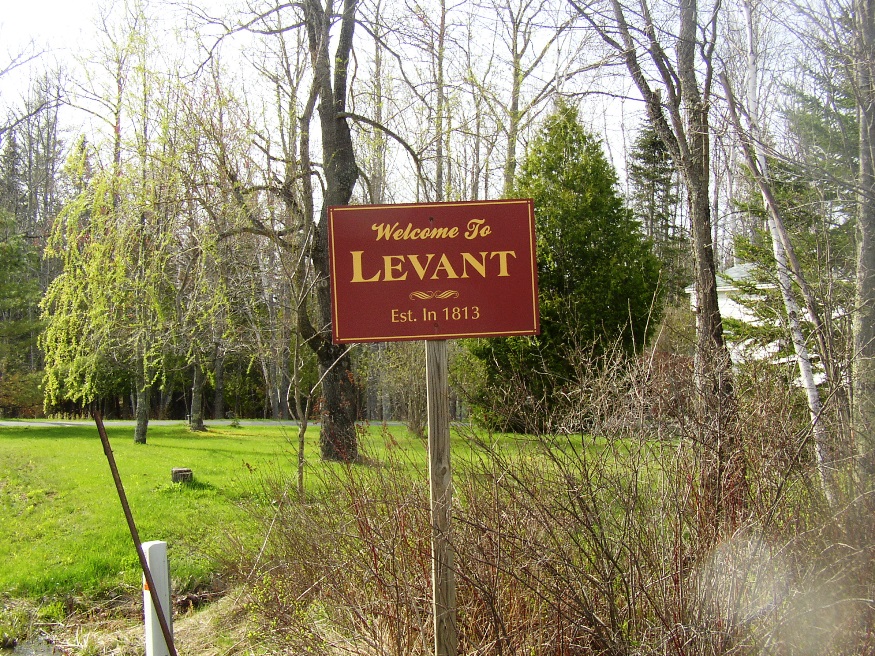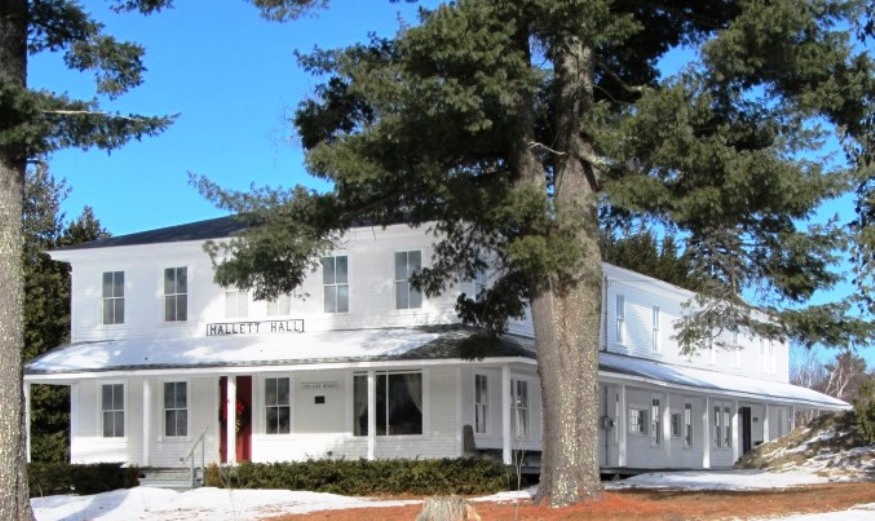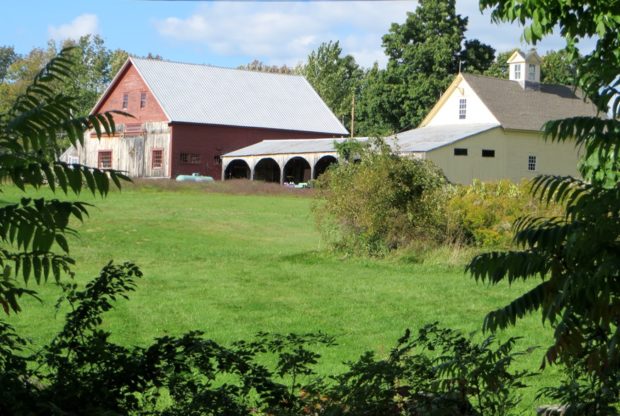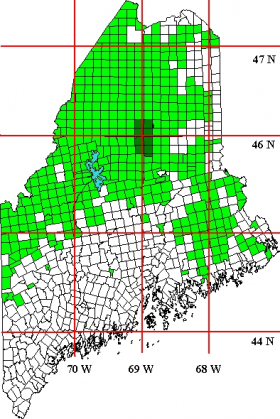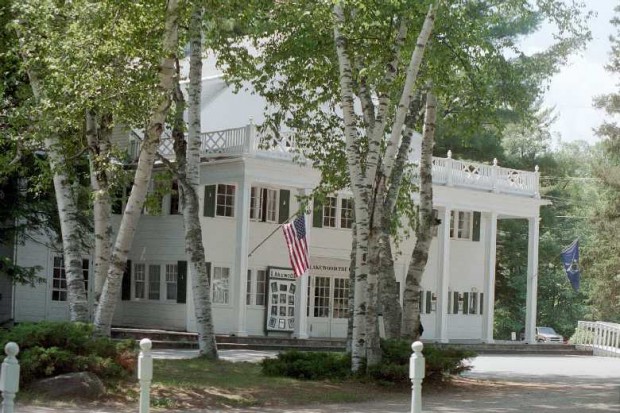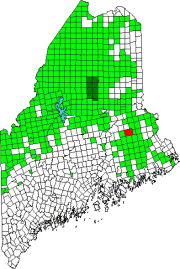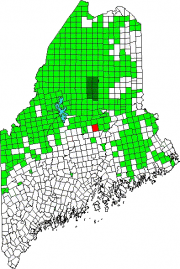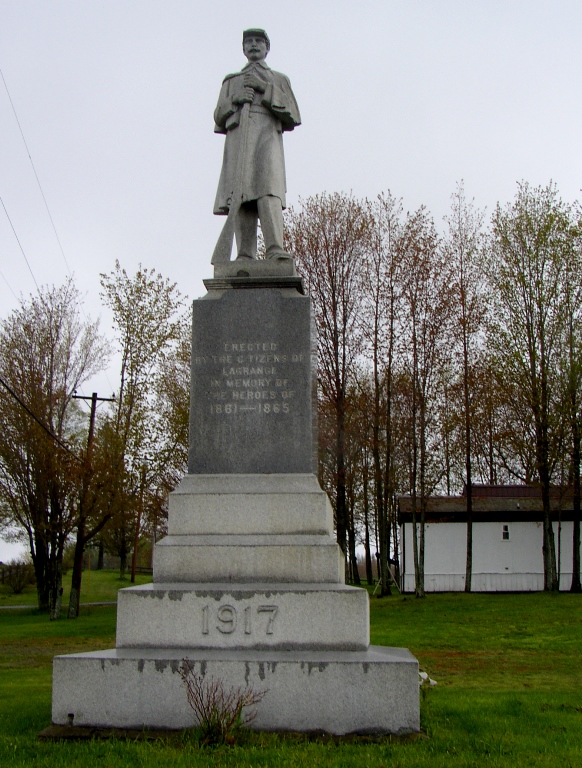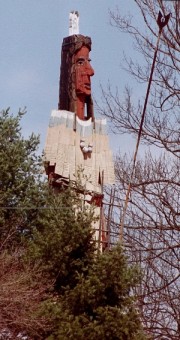Lighthouses, Fort Point

one of about seventy lighthouses on the Maine coasts, was established in 1836, a year after the U.S. Government purchased ten acres of land on Fort Point in Stockton Springs. Joseph Berry of Georgetown built the tower and station for $2,500. This structure was a cone-shaped tower build from granite blocks. The octagon shaped lantern…





